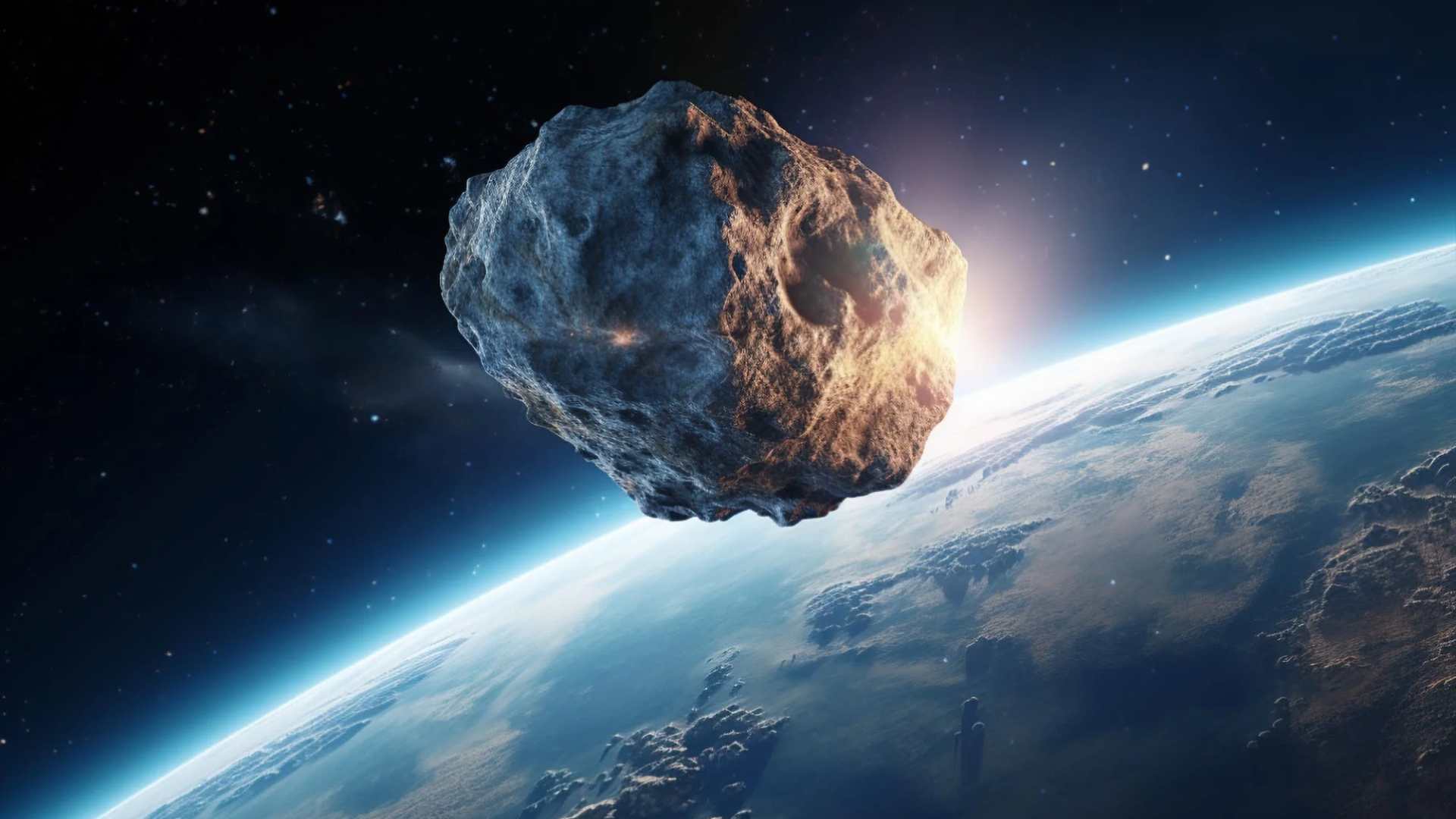NASA has issued an urgent alert regarding a significant near-Earth asteroid named 2024 JV33, which is set to make its closest approach to Earth on August 19. The asteroid, approximately 620 feet in diameter—about the size of a large building—is expected to pass by our planet at a distance of roughly 2,850,000 miles.
Asteroid 2024 JV33: A Closer Look
2024 JV33 belongs to the Apollo group of asteroids, a category known for frequently crossing Earth’s orbit. This asteroid is traveling through space at an impressive speed of 24,779 miles per hour. Despite being three times farther away than the Moon, its approach is considered significant in astronomical terms, prompting NASA to closely monitor its trajectory.
Although 2,850,000 miles may seem like a vast distance, it is close enough for NASA to classify 2024 JV33 as a near-Earth object (NEO), a designation for space rocks that come within 7.5 million kilometers of Earth and are over 460 feet (140 meters) in size. Such objects require careful observation to assess any potential risks they may pose.
NASA’s Vigilance in Monitoring Near-Earth Objects
NASA, in partnership with other space agencies, employs a sophisticated network of telescopes and advanced computing systems to track near-Earth objects. While most NEOs pose no immediate threat to Earth, those that come within a certain distance and size threshold, like 2024 JV33, receive increased attention. The Centre for Near-Earth Object Studies (CNEOS) at NASA is dedicated to monitoring these celestial bodies, ensuring that any potential cosmic hazards are identified and assessed well in advance.
NASA’s commitment to vigilance and preparation underscores the importance of tracking space rocks like 2024 JV33, providing crucial data that helps us understand and mitigate potential cosmic threats.
Also Read: World Photography Day 2024: Celebrating The Art Of Capturing Moments





















